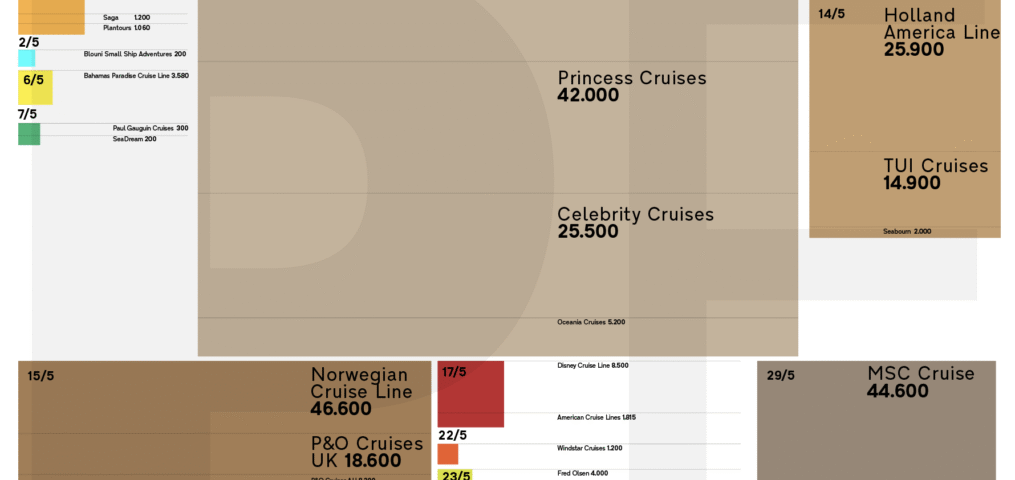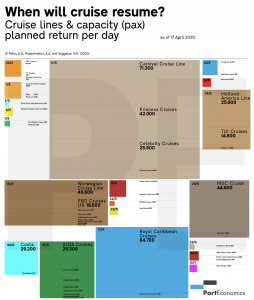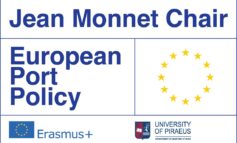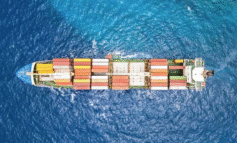Cruise lines have revised their return plans regarding the intended return in operation. In an updated PortGraphic, PortEconomic members Thanos Pallis, Aimilia Papachristou, and George Vaggelas present the expected return date per cruise line, as of April 17, 2020, facilitating cruise ports, destinations, and stakeholders to adjust their respective plans.
Whether they illustrate realistic or optimistic perspectives, or even just strategic early-return announcements, following cruise lines statements provide to cruise ports readiness to welcome cruise back in the post-COVID19 days.
Many expect the cruise suspension to last longer than the cruise lines’ dates suggest – and, apparently, the decision of the US Center for Disease Control and Prevention to extend the no sail order for cruise ships that was originally put in place on March 14, 2020, the continuation of the COVID19 crisis around the globe, and the devastating situation in the US, has already a further impact on the stated intentions. On the other hand, reports suggest that cruise booking are on the rise again.
With authorities hinting that cruise ships will not be allowed to sail until specific operational practices are introduced (i.e.. plans to include health screenings of passengers and crew and additional crew training to be able to prevent and manage potential outbreaks onboard), PortEonomics team will keep monitoring developments and update the cruise community. Stay tuned !!













